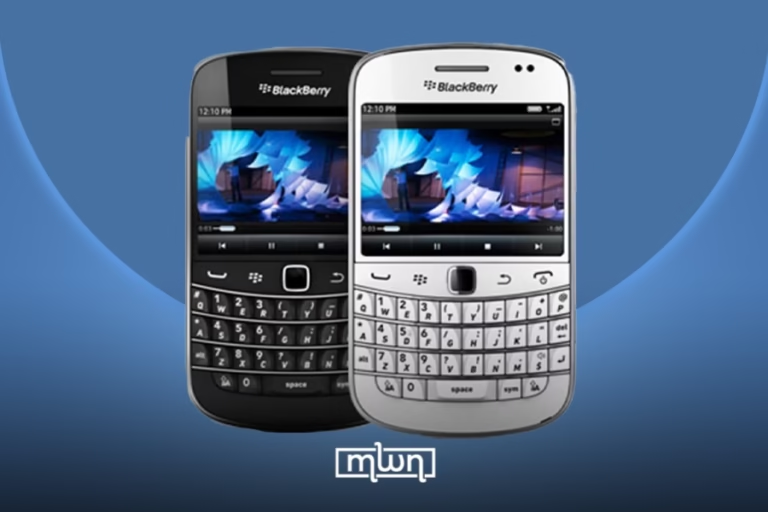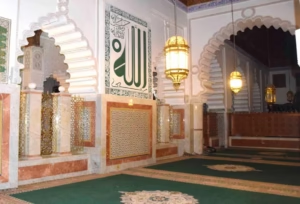Fueled by the viral power of TikTok and a global craving for authentic beauty rituals, these Moroccan products are reclaiming their spot.
Fez – In the ever-evolving world of beauty, a new yet ancient trend is capturing hearts and eyelids across the globe – Moroccan kohl eyeliner and Akr El Fassi.
These traditional beauty tools, rooted deeply in Moroccan culture, are experiencing a renaissance thanks to the influence of social media and a global fascination with the country’s artistry and heritage.
But before we dive into their modern-day popularity, let’s take a journey into their rich history.
The Origins of Khol and Akr El Fassi
Kohl, a finely milled powder often made from antimony or galena, has been a beauty staple in North Africa and the Middle East for centuries.
In Morocco, it holds a special place not just as a cosmetic but also as a symbol of protection. Applied with a slender wooden or metal stick called “mirwed,” kohl was believed to ward off the evil eye and shield the eyes from the sun’s harsh glare.
Traditionally, both men and women used kohl, making it a unisex product long before gender-neutral beauty was a trend.
On the other hand, Akr El Fassi is a vibrant red pigment derived from dried poppy petals and pomegranate bark.
Its deep crimson hue has long been associated with femininity and celebration.
Used as a lip stain or blush, Akr El Fassi is a natural, chemical-free way to enhance beauty, often used by brides or during festive occasions.
Its application is an intimate ritual, reflecting the rich connection between beauty and nature in Moroccan traditions.
Cultural significance
For Moroccans, Kohl and Akr El Fassi are more than makeup; they’re vessels of cultural identity and heritage.
Kohl is often introduced to children at a young age, blending its protective and aesthetic roles.
Meanwhile, Akr El Fassi carries romantic and festive connotations, frequently appearing in wedding ceremonies and other joyous milestones.
These items encapsulate Morocco’s blend of practicality, spirituality, and artistry, offering a glimpse into the country’s soul.
The TikTok effect
Fast-forward to today, and these age-old traditions are finding new life on TikTok and Instagram.
Beauty influencers are sharing tutorials on how to apply Kohl for a dramatic cat-eye or use Akr El Fassi for a naturally flushed look.
Hashtags like #MoroccanBeauty and #KohlEyeliner have racked up millions of views, with creators praising these products’ simplicity, sustainability, and cultural depth of these products.
The rise of Moroccan beauty trends coincides with Morocco’s growing global visibility.
From the buzz surrounding its film-friendly landscapes to the international acclaim for its cuisine and fashion, Morocco is becoming a cultural hub.
The rediscovery of Kohl and Akr El Fassi is part of a larger movement celebrating Moroccan craftsmanship and innovation.
For many young Moroccans, this newfound attention feels like reclaiming a narrative, showcasing the elegance of their heritage on their terms.
Why the world loves these products
For one, they align perfectly with modern beauty’s emphasis on authenticity and minimalism.
Kohl’s bold yet effortless allure offers an alternative to the precision-demanding liquid liners, while Akr El fassi’s natural ingredients appeal to the clean beauty movement.
Moreover, their cultural story adds a layer of depth, transforming makeup into a meaningful ritual.
Cheers to Morocco!
As Moroccan beauty continues to captivate the world, it’s important to honor its roots.
Brands and influencers have a responsibility to credit the traditions they draw from, ensuring that these products are celebrated respectfully.
For Moroccans, the global embrace of Kohl and Akr El Fassi is a source of pride, a testament to the enduring appeal of their cultural treasures.
From ancient rituals to TikTok tutorials, these beauty rituals exemplify the timelessness of Moroccan beauty.
They remind us that some trends never truly fade — they just wait for the right moment to shine again.
















